Klickitat Restoration Projects
The Klickitat meets the Columbia River in the South-Central portion of Washington. It has a drainage area of 1442 square miles and orginates on Yakama Nation lands. Majority of the watershed is composed of forest, with second most common vegetation type being shrublands. The Klickitat river flow is primarily fed by snowmelt in spring and early summer and by glacial meltwater in late spring and summer that comes from Mount Adams. MEan annual precipitation over the watershed generally increases with elevation and from east to west as many of the east of the crest watersheds.
The Klickitat is home to steelhead, spring and fall chinook, and coho salmon. Current population numbers for these species fall well below historic levels and some are listed as Threatened under the ESA. A major reason for their decline is the estimated 30-90% of historical fish habitat loss. A main focus of the work Mid-Columbia Fisheries implements within the Klickitat subbasin is to improve habitat to mitigate the loss of historic habitat.
Check out some of our projects below!

Rattlesnake Gulch
Fish passage project enhancing Rattlesnake Gulch by correcting 3 barriers
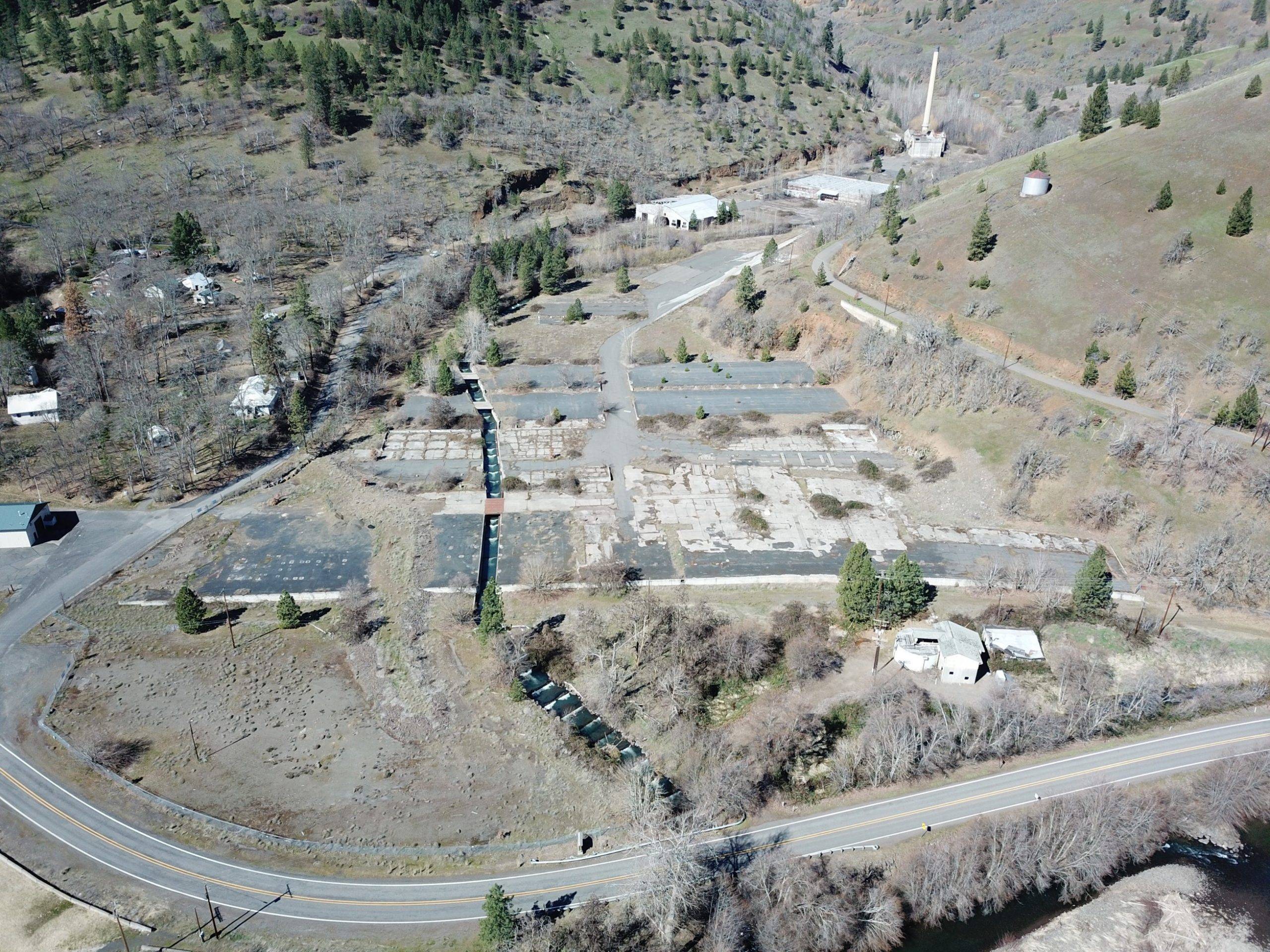
Lower Snyder Creek
Design work to enhave the past-industrial reaches of lower Snyder Creek
Wind River Restoration Projects
The Wind River subbasin is located within the Southern Cascades geologic range with a length of 31 miles and totals 224 square miles. The Wind River is a tributary of the Columbia River and connects with the Columbia River at RM 154.5 near Carson, WA.
The maritime climate produces cool, wet winters and hot, dry summers. The basin receives a mean annual precipitation of 110 inches, most precipitation occurring between November and April.
The Wind River subbasin is home to summer and winter steelhead and fall chinook, chum, and coho salmon. Current population numbers for these species fall well below historic levels and some are listed as Threatened under the ESA. A major reason for their decline is the estimated 30-90% of historical fish habitat loss. A main focus of the work Mid-Columbia Fisheries implements within the Wind River subbasin is to improve fish passage and habitat to mitigate the loss of historic habitat.
Check out our projects below!
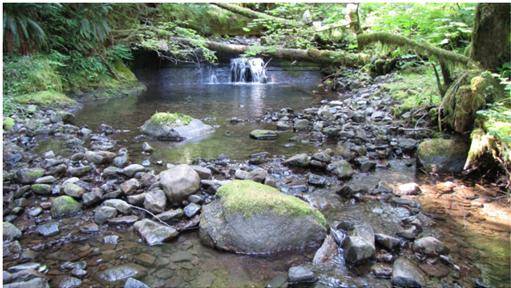
Martha Creek Dam Removal
Marth Creek is heavily used by steelhead and work has been done to improve passage, habitat and riparian vegetation.
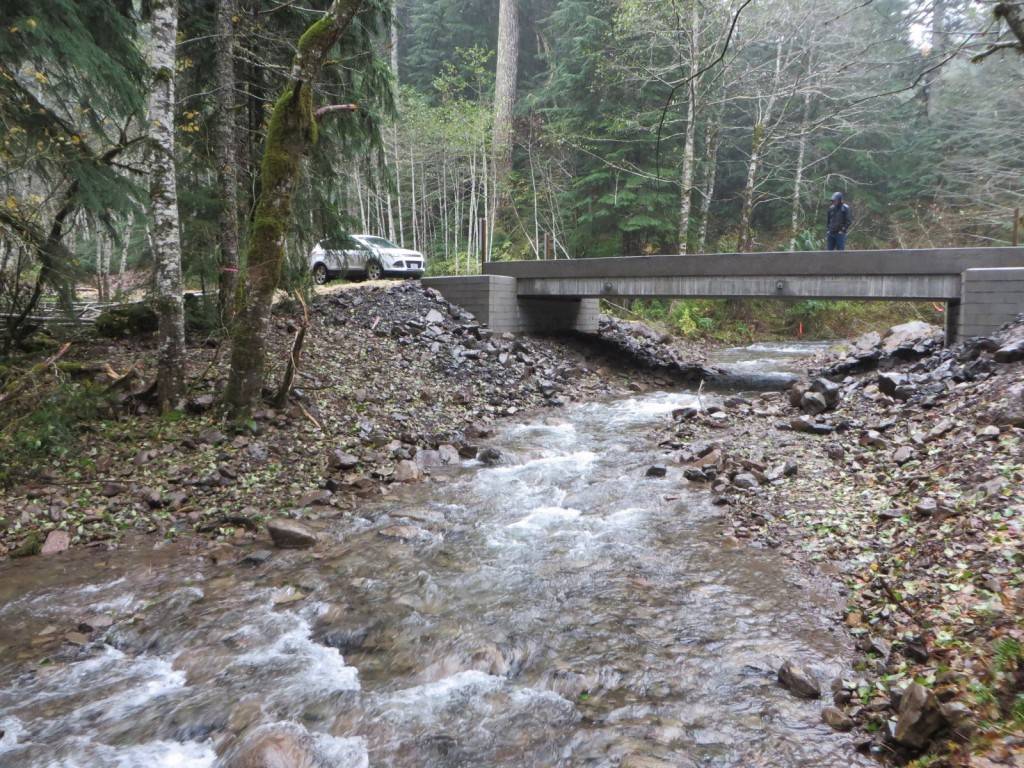
Layout Creek Culvert Removal
Culvert removal on Layout Creek to improve passage and provide access to upstream habitat.
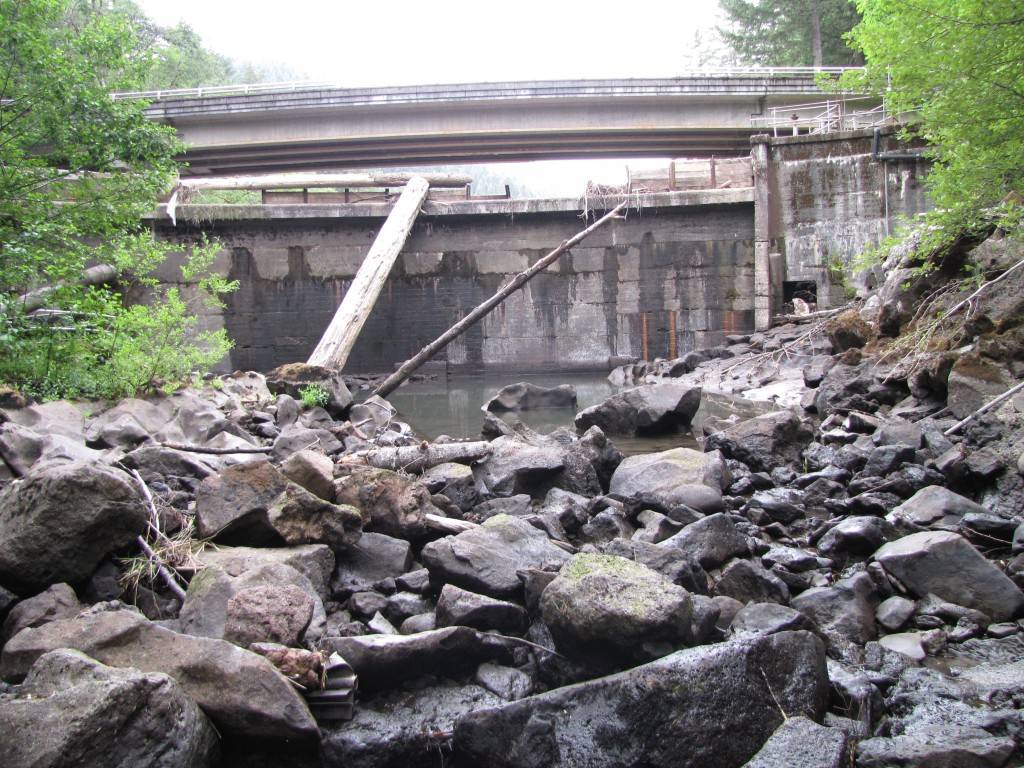
Hemlock Dam Removal on Trout Creek
A dam removal project in Trout Creek to provide access to upstream habitat and restore natural flow regimes.
White Salmon River projects
With the historic removal of Condit Dam in 2011-2012, salmon and steelhead are returning to the White Salmon River after 100 years. The river is beginning to recover and is home to five species of salmon and steelhead – all listed as Threatened under the Endangered Species Act.
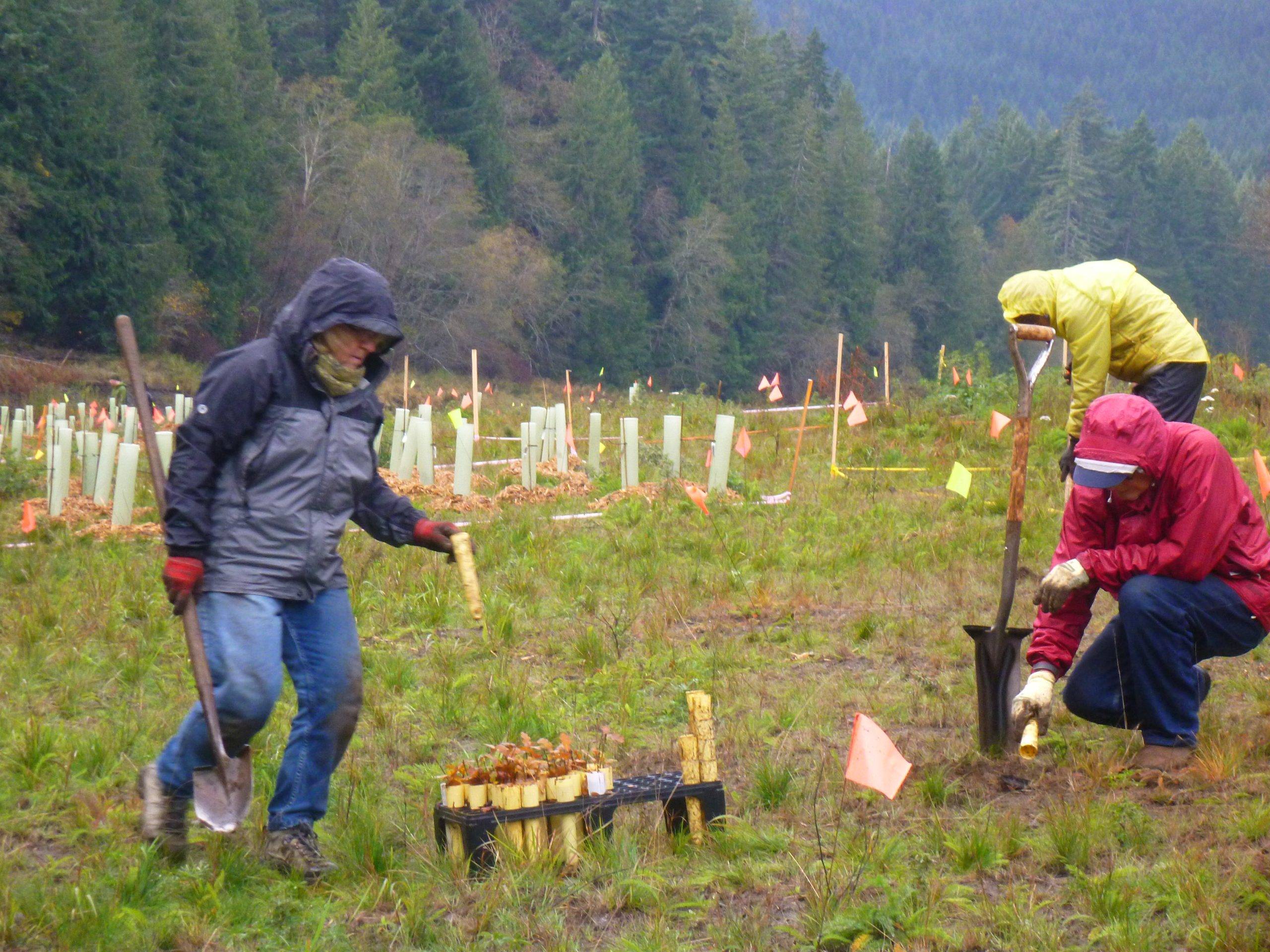
Revegetation in the former Condit Reservoir

